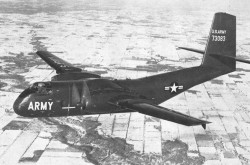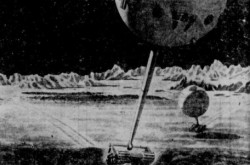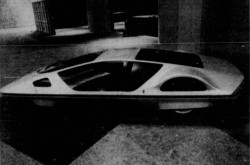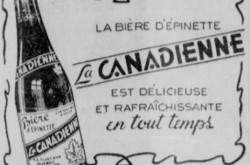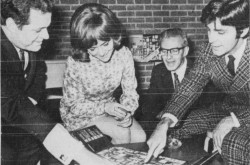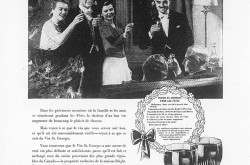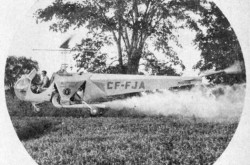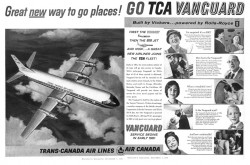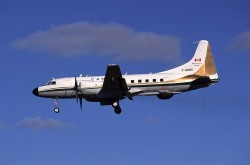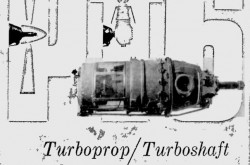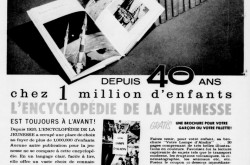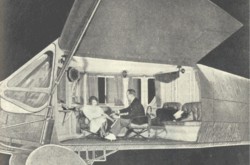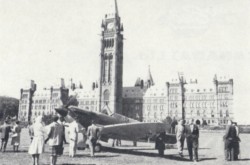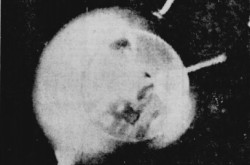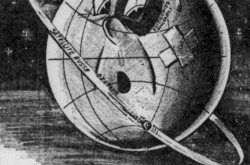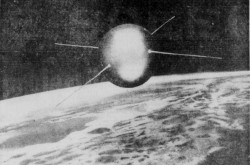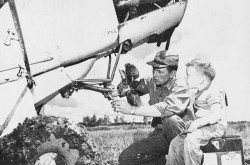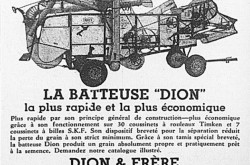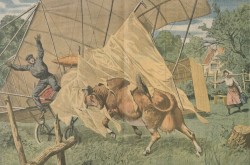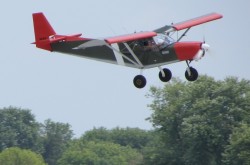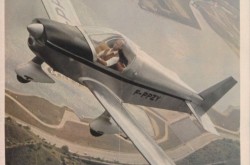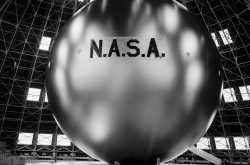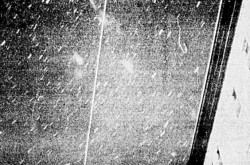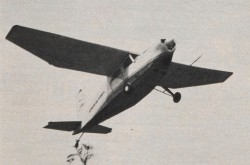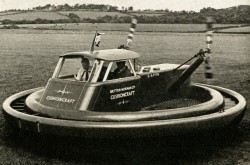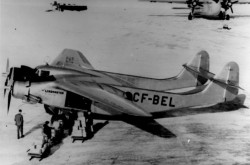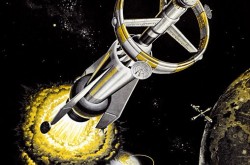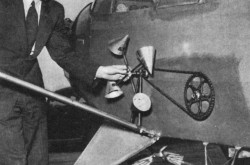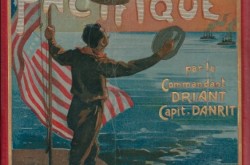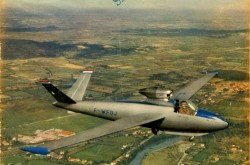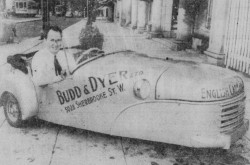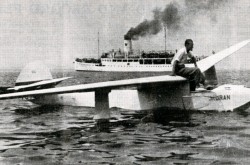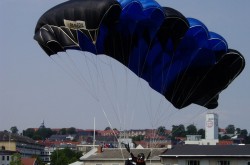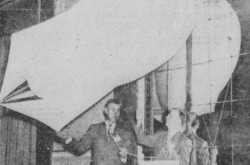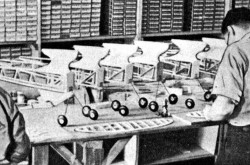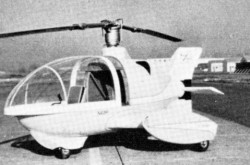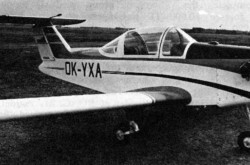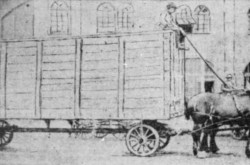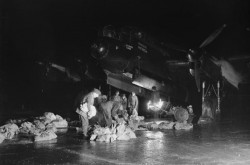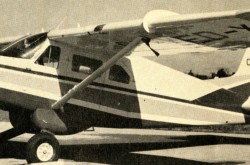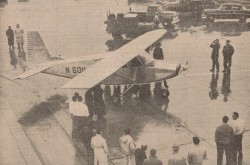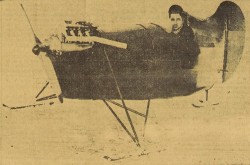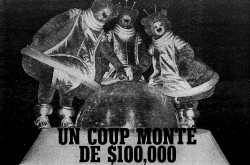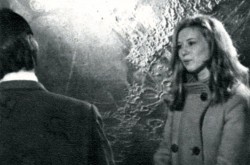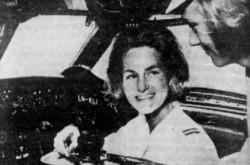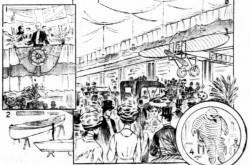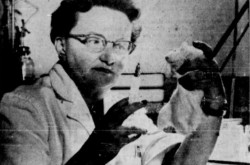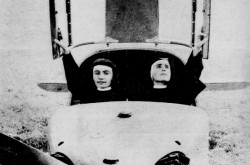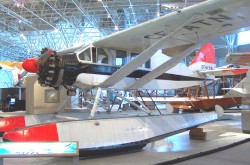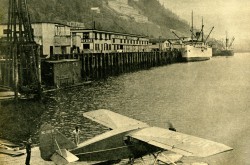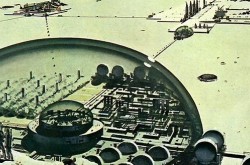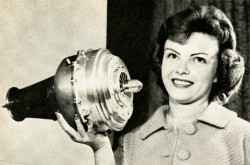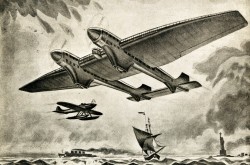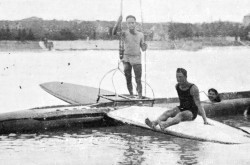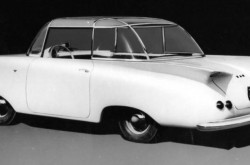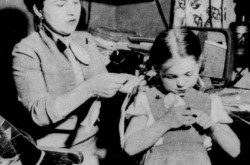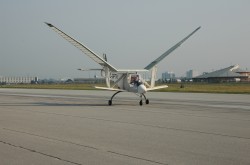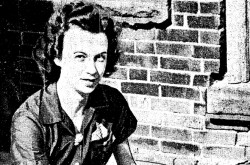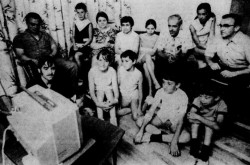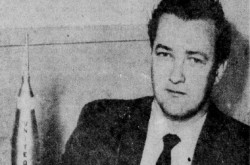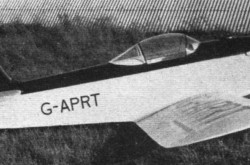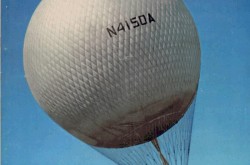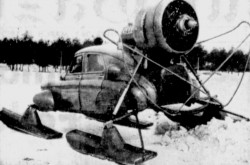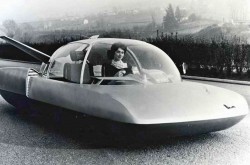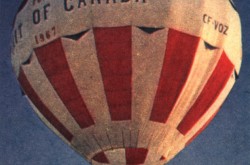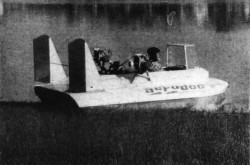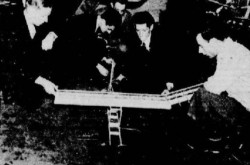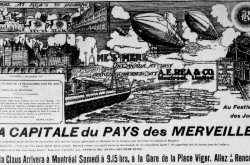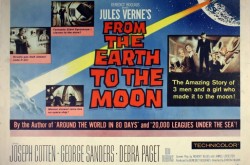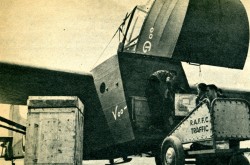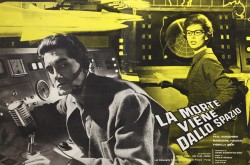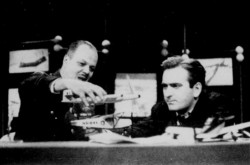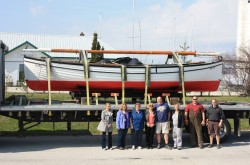A down to earth machine which could… fly – MHV Industries Limited / Modern Hover Vehicles Limited of Ottawa, Ontario, and its multi-purpose recreational hovercraft, part 1
Good day to you, my reading friend.
You may have noticed that yours truly spends a fair deal of time beating the air for a cause which is important to me, the study of the history of science and technology. Well, today’s topic is very much about beating the air. Today’s topic has to do with a defunct manufacturer of recreational hovercraft based in Ottawa, Ontario, namely MHV Industries Limited / Modern Hover Vehicles Limited.
Let us begin our deep dive into the history of that firm, shall we?
As far as yours truly can tell, MHV Industries came into existence in 1968. At the time, its small factory was located in Ottawa. The firm could count on 10 or so employees.
Incidentally, the letters MHV stood for Ted Mitchell (Edward “Ted” Mitchell?) and Norman Howard, two (Canadian?) directors of the firm, and Geoffrey “Geoff” Voyce, the English Canadian president of that same firm.

The president of MHV Industries Limited of Ottawa, Ontario, Geoffrey Voyce. Michael Blagg, “New Kanata factory to build 9,600 hovercraft this year.” The Ottawa Citizen, 19 January 1970, 8.
Voyce was an interesting and somewhat larger than life character. That instrument maker born in Manchester, England, in July 1933, had moved to London, Ontario, around 1951, with the rest of his family.
After several years spent in various design-linked positions, with various firms, Voyce joined the staff of a major Canadian defence electronics contractor, Computing Devices of Canada Limited of Ottawa, in 1960.
At some point during the 1960s, Voyce moved to Montréal, Québec, to work for the local office of Canadian Design Service Company Limited of Toronto, Ontario. He went to Ottawa before too, too long, in 1967 perhaps, to open and manage the firm’s new office in that city. It was there that Voyce grew increasingly intrigued by hovercraft.
MHV Industries’ founders and shareholders, 32 in all, almost all of them domiciled in Ottawa it seemed, very much wanted to take advantage of the increasing interest in a new type of motorised vehicle, an all season vehicle pioneered to a large extent by British firms and engineers. Able to travel over ice, mud, snow, water, etc., the hovercraft / air cushion vehicle was attracting a great deal of interest indeed during the late 1960s. Quite a few entrepreneurs around the globe came to believe that small and relatively inexpensive hovercraft could sell in large numbers.
Some of those entrepreneurs founded, you guessed it, MHV Industries.
Before I forget, the German word for hovercraft is luftkissenfahrzeug. How cute is that? (Hello, EP!)
Before I forget, again, MHV Industries bought some patents from Hovercraft Development Limited (HDL), a subsidiary of National Research Development Corporation (NRDC), a British non-departmental government body whose goal was to transfer various technologies from the public sector to the private sector. That was pretty much the only way the Ottawa firm could easily produce hovercraft without being sued by NRDC.
Incidentally, HDL and NRDC were mentioned in January 2019, August 2019 and June 2021 issues of our blog / bulletin / thingee.
Eager to launch an all-out assault on the consumer market, MHV Industries planned to inaugurate a brand spanking new factory in Kanata, Ontario, near Ottawa, in December 1969, or so claimed Voyce in late October of that year.
That gentleman also claimed that 10 000 or so MHV Spectra 1 one or two-seat recreational hovercraft would have hovered out of the firm’s factory floor by the middle of 1970, with 6 000 to 7 000 or those vehicles going to the United States. By the middle of 1972, MHV Industries would be producing 30 000 hovercraft a year. Wah!
And yes, the new factory had been designed in such a way that additions could be erected speedily.
Yours truly cannot say with any degree of certainty if construction of said factory was actually underway when Voyce met with representatives of the media. Sorry.
MHV Industries had raised about $ 1 000 000, a sum which corresponded to about $ 8 000 000 in 2025 currency, and had commitments for more moolah. It was on the strength of that backing that the small firm had launched the construction of the Kanata facility.
Work on the Spectra 1 had begun in 1968. By late October 1969, a sextet of prototypes had undergone a series of tests and was doing great. MHV Industries’ small staff had also completed more than 50 series vehicles, or so the firm claimed.
Would you believe that one of the prototypes was demonstrated in Ottawa, at a 3 day special holiday event centered upon Dominion Day held on 29 June, 30 June and 1 July 1969 on the site of what was then the National Museum of Science and Technology, today’s Canada Science and Technology Museum, a sister / brother institution of the superb Canada Aviation and Space Museum, also located in Ottawa?
Among the various activities offered during those 3 days were brief rides aboard an old double-decker omnibus.
Now, it so happens that the Canada Science and Technology Museum has in its collection a 1921 double-decker omnibus made by a well known American public transit firm / omnibus maker, Fifth Avenue Coach Company.
The omnibus in question, No. 1 no less (Hello, EG!), was one of the 4 omnibuses ordered in the fall of 1921 by what was then the Toronto Transportation Commission (TTC) of… Toronto, today’s Toronto Transit Commission. Those 4 vehicles were in fact the very first gasoline omnibuses ordered and operated by the TTC.
Might that omnibus have been the one used to entertain visitors back in 1969, you ask, my reading friend? Yours truly thinks it was.
Incidentally, that omnibus was one of the 9 vintage vehicles loaned to the National Museum of Science and Technology by the TTC in October or November 1968, and this for an indefinite period of time. And yes, by the looks of it, at least some of the vehicles were eventually donated to the museum. The Fifth Avenue Coach double-decker omnibus was obviously one of them.
Anticipating the query that will undoubtedly coalesce in your little noggin, please find enclosed a photograph of the TTC omnibus in question…

The first gasoline omnibus of the Toronto Transportation Commission as it looked back in the fall of 1921, at the Fifth Avenue Coach Company factory, in New York City, New York. Anon., “Omnibuses for Toronto Transportation Commission.” Canadian Railway and Marine World, October 1921, 551.
Incidentally, again, an Avro Type 504 of what was then the National Aviation Museum, today’s Canada Aviation and Space Museum, seemingly flew over the National Museum of Science and Technology during the aforementioned special holiday event of 1969, but back to the Spectra 1.
Those velocities were achieved thanks to a propeller, mounted at the rear of the vehicle, which was driven by a small piston engine. Another small piston engine drove a pair of lift fans which created the air cushion on which the Spectra 1 floated, thanks to its flexible skirt.
Speaking (typing?) of floating, a Spectra 1 with both of its engines turned off happily floated on water. A paddle or two would of course have been most useful to get back to shore.
The main body shell of the vehicle was a moulded fiberglass component manufactured by Polyfibre Limited of Renfrew, Ontario, not too, too far from Ottawa, by the way. The engines, on the other hand, came from Kohler of Canada Limited of Malton, Ontario, near Toronto, a subsidiary of a well-known American manufacturing firm, Kohler Company.
And no, my reading friend, neither engine was fitted with an efficient muffler which meant that driving a Spectra 1 was HARD ON THE EARDRUMS!
In July 1969, a journalist of The Ottawa Citizen, a daily newspaper published in… Ottawa, stated that the racket produced by a Spectra 1 was just a tad less thunderous than that of a Douglas DC-8 four-engined jet powered airliner taking off. OW!
Unable as she or he was to hear any approaching traffic, the person at the wheel of a Spectra 1 would have been wise to stay away from roads and railroad tracks.
You will of course have noticed that the driver and passenger of a Spectra 1, the two of them sitting one behind the other, were, for all intent and purposes, totally exposed to the elements. When rushing at top speed over water, wearing a bathing suit or wet suit would have been a good idea. Goggles might also have been a good idea, regardless of where the driver of a Spectra 1 wanted to go.
And yes, my reading friend who does not like to get soaked, MHV Industries was seemingly looking into the possibility of designing some sort of bubble to improve the comfort of the driver and passenger of its Spectra 1.
Oh, before I forget, here is a closeup view of a typical Spectra 1…

A good view of the propeller and twin rudders of a typical MHV Spectra 1 recreational hovercraft at the factory of MHV Industries Limited, Ottawa, Ontario. Paddy Gardiner, “Ottawa shaping up as ACV manufacturing centre.” The Saturday Citizen, 1 November 1969, 8.
And yes, my reading friend, to quote / paraphrase the title of the article published in early November 1969 by The Saturday Citizen, the weekend edition of The Ottawa Citizen, Canada’s national capital was indeed shaping up as a hovercraft manufacturing centre.
You see, besides MHV Industries, the region surrounding Ottawa harboured another hovercraft manufacturer, Canahover Limited, the Canadian subsidiary of an American manufacturers of electrical power equipment, Bogue Electric Manufacturing Company, and you are the one digressing now. So, but back to our story.
And yes again, if you are as quiet as a mouse, yours truly might consider the possibility of pontificating about Canahover and its HoverRover at some point in the future, but back to our story. Again.
The aforementioned Voyce was confident that the versatile and relatively inexpensive Spectra 1 would prove able to grab some of the market hitherto occupied by motorboats, snowmobiles and all-terrain vehicles.
Indeed, another member of MHV Industries’ management felt that the new hovercraft, able as it was to operate 12 months a year, was a funcraft “likely to have as dramatic an effect on the pleasure machine market of the future as did Bombardier’s Ski-Doo a few years back.”
Need yours truly remind you of the revolution in winter recreation brought about by the appearance on the market of the first Ski-Doos, during the winter of 1959-60? I thought not.
A journalist working for the well known American magazine Time might not have been overly thrilled by the future predicted (hoped for?) by MHV Industries and its “funland bump car with a big fan on the back.” That firm, she or he claimed in a January 1970 issue of that weekly publication, “has raised the spectre of a noisy Hovercraft in every garage.”
Yours truly wonders how readers reacted to a comment made by Voyce and published in the article: “The first feeling you get on our craft is one of sheer panic.” Yikes! Oh yes, and let us not forget that this same Voyce admitted that the Spectra 1 had a tendency to eject its driver if the latter stopped a tad too quickly in water. I kid you not. With friends like that…
Need yours truly remind you of the expression an airplane in every garage, my wing nutty reading friend? Oh, you have not heard of that one. Wunderbar. Let me mansplain it to you.
When the Second World War ended, in 1945, there was much hope that a period of rapid growth in light / private plane ownership was about to begin in the United States. After all, a huge number of young red-blooded Americans had learned how to fly during the conflict. They would undoubtedly want to keep on flying, would they not? Many small firms were therefore formed all over the United States to realise the old dream of… an airplane in every garage. Tadaa…
Indeed, according to some, the number of light / private planes produced each year in the Unites States could climb from 37 500 or in 1945 to almost 525 000 in 1955. Wah!
Weeks and months went by. Many young men returning home bought a ring for their girlfriend. Those newly married couples got an automobile, a house perhaps, even one of those newfangled television sets perhaps. There might also be a tiny human or two. Thus, by the time the monthly bills came in, there was little moolah left for airplane payments.
As a result, the postwar light / private plane boom turned to dust. Many if not most of the newly developed aircraft were produced in very small numbers. Many if not most of the young firms created to design and build them went belly up before the end of the 1940s, a decade which ended in December 1950 as you know very well, but back to our story.
As revolutionary as the hovercraft might eventually prove to be, “improvements and design changes over the next year or two may well be necessary before they make serious inroads on existing pleasure vehicles,” or so thought a journalist of the Financial Times News Service, the news service of… the financial daily newspaper Financial Times of Montréal that yours truly happens to agree with.
Besides, while it was true that only a couple of minutes were needed to learn how to drive a Spectra 1, it took a lot longer than that to become an expert driver. You see, riding as it did on a cushion of air, a Spectra 1, or any similar hovercraft for that matter, could slip sideways very easily, especially on a windy day.
Obstacles could also come up surprisingly fast, a potentially dangerous occurrence in a vehicle whose only high-speed braking method was the shutting down of the engine which drove its propeller. A shutting down which might have resulted in the unceremonious ejection of the driver for his or her seat. Ow…
How inexpensive would the Spectra 1 be, you ask, my penny-pinching reading friend? A good question. MHV Industries planned to sell its machine for $ 1 600 to $ 2 000 or so, sums which corresponded to $ 12 800 to $ 16 000 or so in 2025 currency.
By comparison, a good if low end snowmobile would have set you back no more than about $ 600 or $ 700, sums which corresponded to about $ 4 800 and $ 5 600 in 2025 currency.
Mind you, as you and I know, that snowmobile would have operated only in wintertime. Worse still, the indiscriminate use of snowmobiles was known to cause damaged to lawns and cultivated fields, something that a hovercraft would not do.
And yes, the differences in price of the various Spectra 1 models were to a great extent linked to the power of the engine used to propel those small hovercraft. While the least powerful version of the Spectra 1 could reach speeds of up to 40 or so km/h (25 or so mph) over water and more than 70 or so km/h (45 or so mph) on ice or hard-packed snow, the most powerful version could reach up to 80 or so km/h (50 or so mph) over water and more than 120 or so km/h (75 or so mph) on ice or hard-packed snow, or so MHV Industries claimed. Wah!
MHV Industries might have been working on the plans of some sort of air cushion sled which would be towed by its Spectra 1. Mind you, its engineers might also have been working on the plans of two additional models of recreational hovercraft.
Interestingly, it was in Toronto and not in Ottawa that Voyce held the October 1969 press conference during which he revealed all those juicy details. The reason for that choice might have been linked to the demonstration held in Toronto Harbour / Toronto Bay after the press conference, or the number of potential customers who lived in that part of Ontario. In any event, the persons present were impressed, and it showed.
You see, many articles came out in Canadian newspapers in late October and early November 1969, and this in several provinces (British Columbia, New Brunswick, Ontario, Québec and Saskatchewan for example). At least one of them had photographs. Those photographs to be more precise…

A typical MHV Spectra 1 recreational hovercraft being put through its paces, Toronto Harbour / Toronto Bay, Toronto, Ontario. Stan Davies, “Hovercraft for two rides land, water.” Toronto Daily Star, 1 November 1969, 82.
Another photograph came out in late October, this time in the United States. That photograph…

Jack L. Gorman, president of Air Cushion Vehicles Limited of Salem, Oregon, at the wheel of a typical MHV Spectra 1 recreational hovercraft, Gresham, Oregon. “And, it’s unsinkable – Gresham Store’s Hover Craft, Spectra 1, Proves Practical Sportsman’s Toy.” Oregon Journal, 30 October 1969, G 3
In early November 1969, a small team from MHV Industries was in Gresham, Oregon, more specifically at the Gresham Better Living and Trade Fair. It had a Spectra 1 on display. As well, the team presented a brief movie which showed a similar vehicle performing some pretty spectacular manoeuvres.
Yours truly has a feeling that someone from Four Seasons Recreation Vehicles Incorporated of Gresham, the Spectra 1’s local distributor, was also on hand to answer questions.

An unidentified chap at the wheel of a typical MHV Spectra 1 recreational hovercraft, Crandon Park, Key Biscayne, Florida. Jim Martenhoff, “Air Cushion Craft Introduced – This Boat Floats Through the Air.” The Miami Herald, 13 December 1969, B-1.
In early December, a small team from MHV Industries arrived in Florida. A demonstration held soon after, in the marina of Crandon Park, a large urban park in Key Biscayne, Florida, near Miami, attracted a great deal of attention. After all, the small hovercraft was well suited the South Floridian environment, from its dry prairies to its flooded grasslands.
This being said (typed?), MHV Industries’ people seemingly hinted that a version of the Spectra 1 designed to withstand the humidity, saltiness and temperatures of the Sunshine State was in the offing.
You see, the state’s salt waters tended to gum up the Spectra 1’s carburettor. As well, its wooden propeller tended to deteriorate quickly, because of the humidity.

Emile Spehar, president of Interstella Distributors Limited of Oakville, Ontario, at the wheel of a typical MHV Spectra 1 recreational hovercraft, Owen Sound, Ontario. Jerry Rogers, “Down to earth machine you can ‘fly’ – Two-man hovercraft arrives with blast of hot air.” The Spectator, 3 January 1970, 29.
In mid-December, a small team from MHV Industries set up shop at a motor inn in Owen Sound, Ontario. It was there to meet Emile Spehar, president of Interstella Distributors Limited of Oakville, Ontario, near Toronto, the newly formed firm which had the distribution rights for the Spectra 1 between Kingston, Ontario and the Ontario-Manitoba border.
At first, things did not go too well. For two days, small technical glitches prevented the small hovercraft from performing at full capacity. When the Spectra 1 finally performed as expected, onlookers were impressed.
To quote Reginald R. “Reg” Fife, a public relations specialist involved in the demonstration, “It’s missionary work. Some people sell God. We sell hovercrafts.”
In early January 1970, MHV Industries had a small team in San Francisco, California, where it attended the… San Francisco National Sports and Boat Show. Given the fact that it was apparently the only hovercraft on display, the team’s Spectra 1 presumably attracted a whole lot of attention.
Reid Industries Incorporated of Concord, California, near San Francisco, came into existence just a tad before that time, and this to distribute that “all terrain, all weather, scientific, aerodynamic, sports space craft.”
Let us end the 1st part of this article on those high notes, shall we? See ya later.





































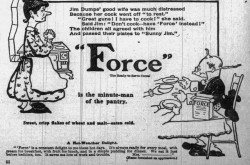
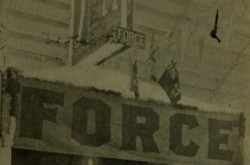
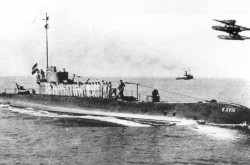
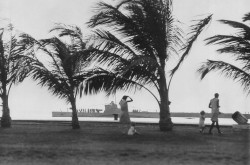
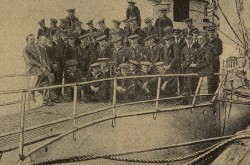
![A block of photographs showing some of the people involved in the bombing of beluga whales in the estuary and gulf of the St. Lawrence River. Anon., “La chasse aux marsouins [sic]. » Le Devoir, 15 August 1929, 6.](/sites/default/files/styles/thumbnail_7/public/2024-09/Le%20Devoir%2015%20aout%201929%20page%206.jpg?h=584f1d27&itok=TppdLItg)
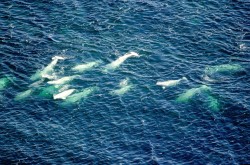
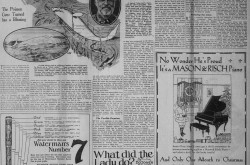

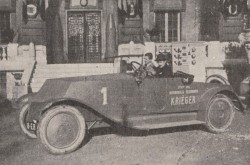
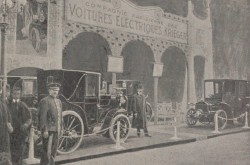
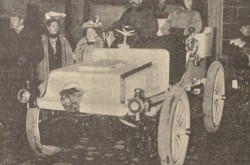
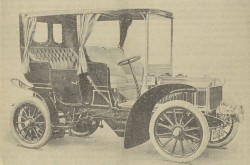


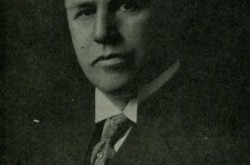
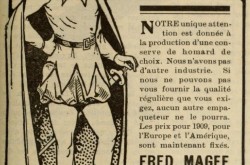
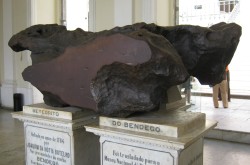
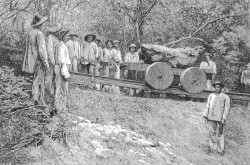
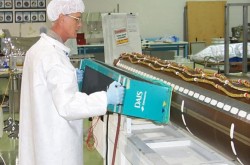

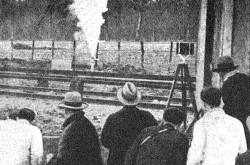
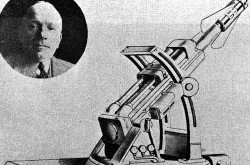
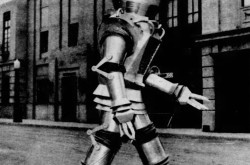

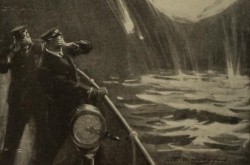
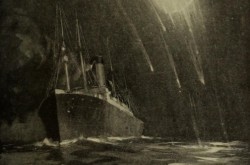
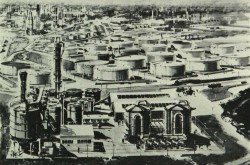

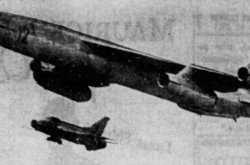
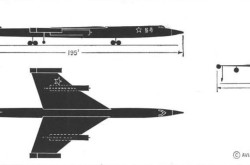
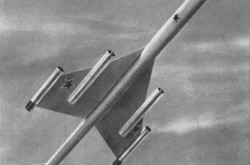
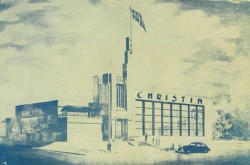
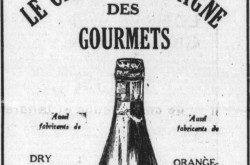
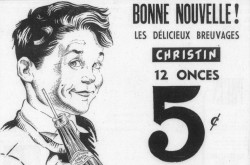
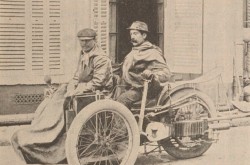
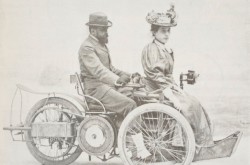
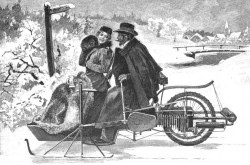
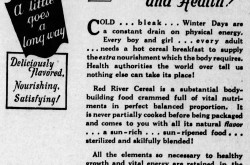

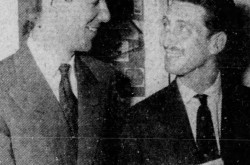
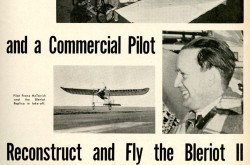
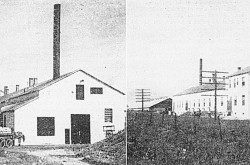
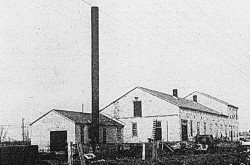



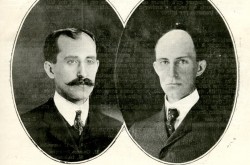

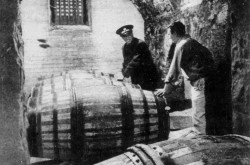
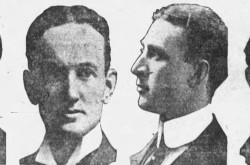
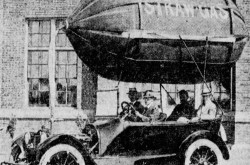
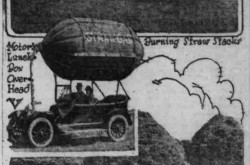
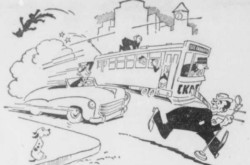

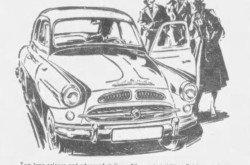
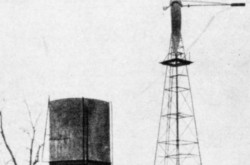
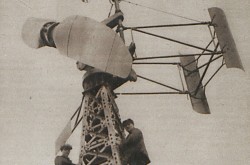
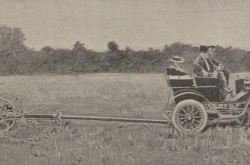

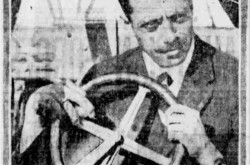
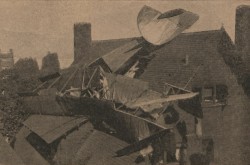
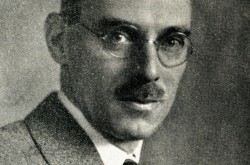
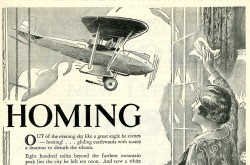
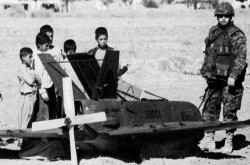
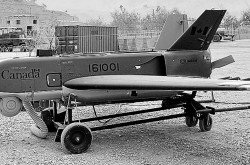
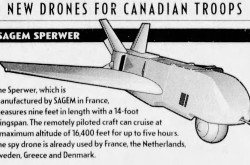
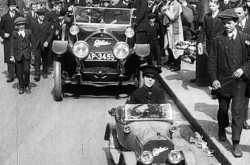
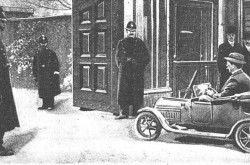
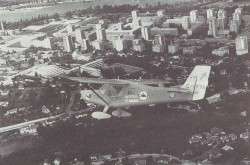
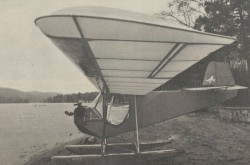

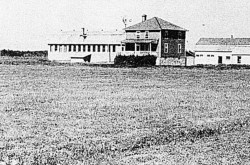
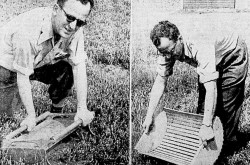
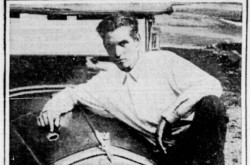
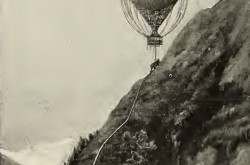
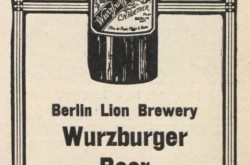

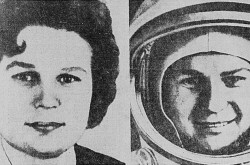
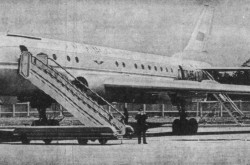
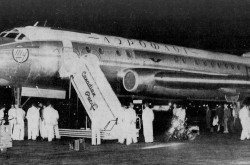
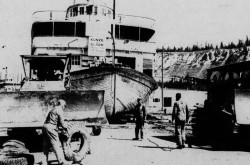
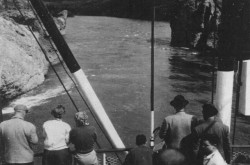
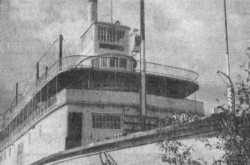
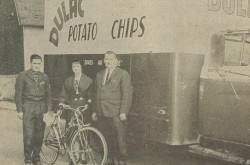
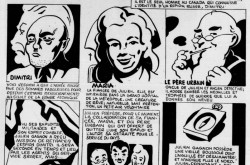
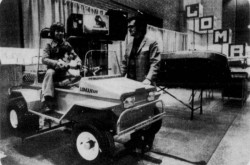
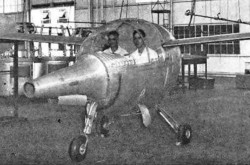
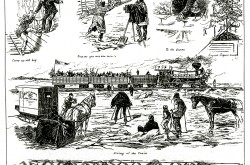
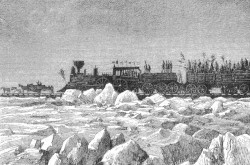
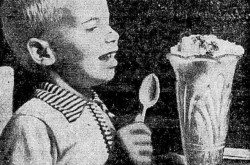
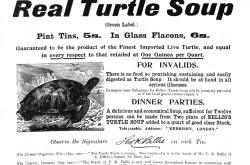
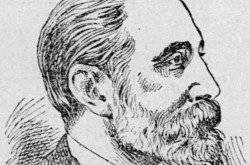
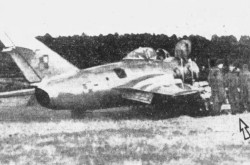
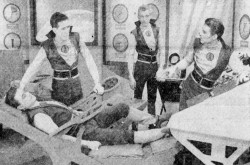
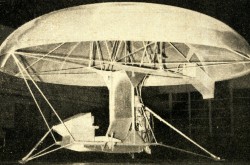
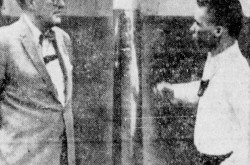
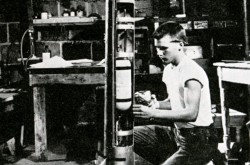
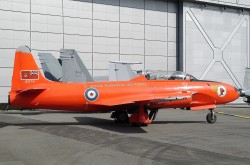
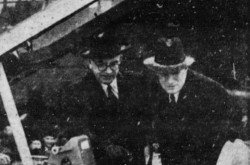
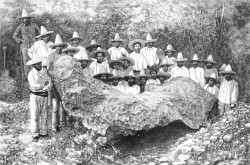
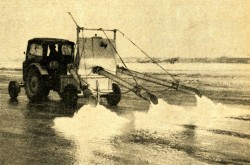
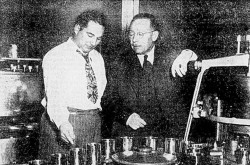
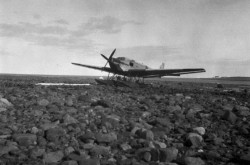
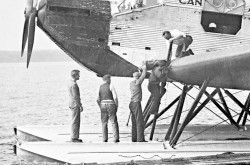
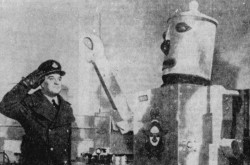
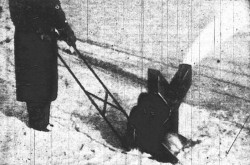
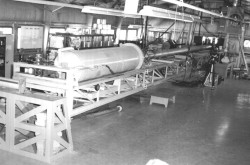
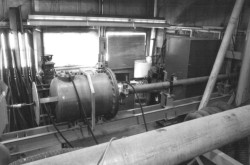
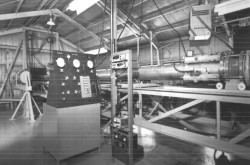

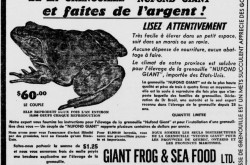
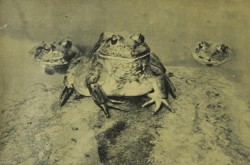
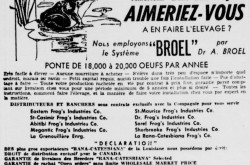
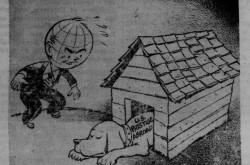
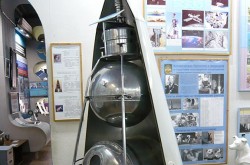
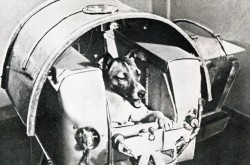
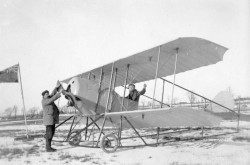
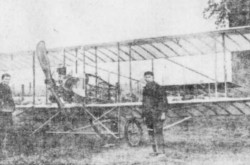
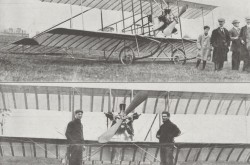
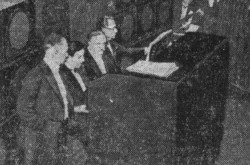
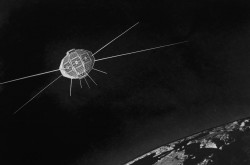
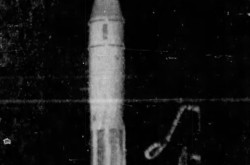
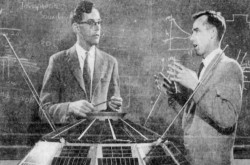
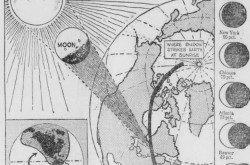



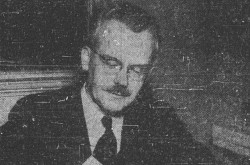
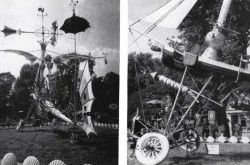

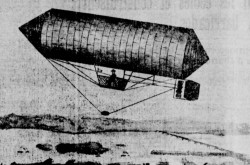
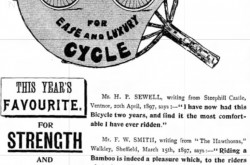
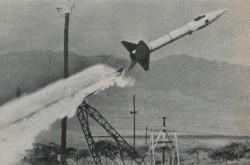
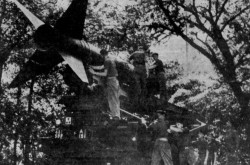
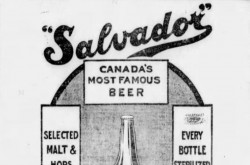

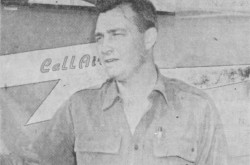
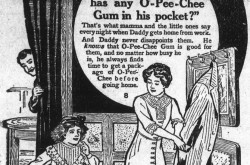
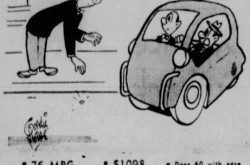
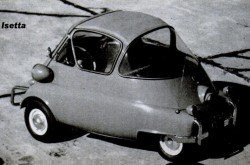
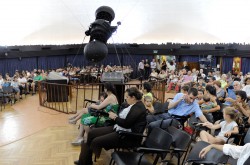
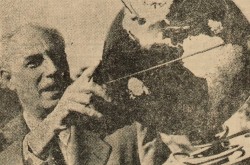
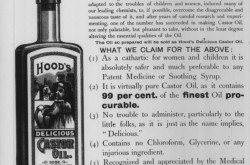
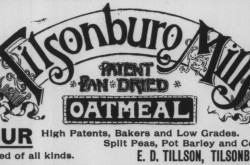
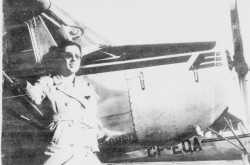
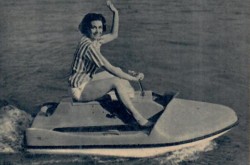

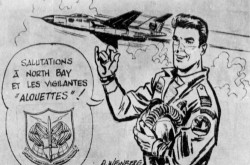
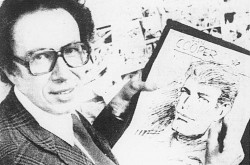
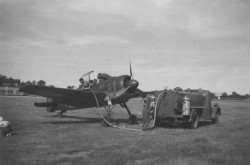

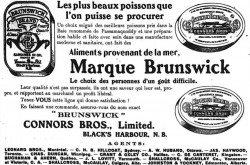


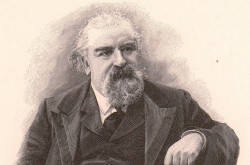
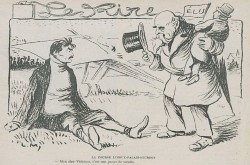
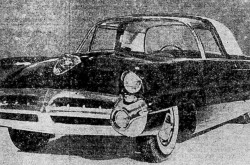
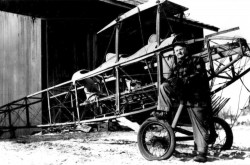
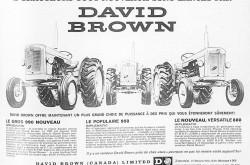
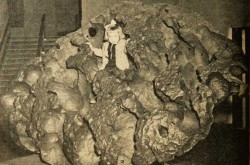
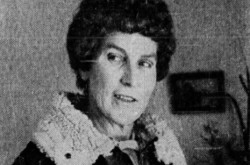
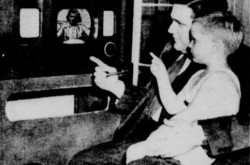
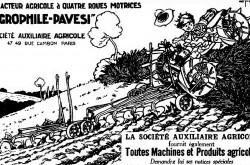
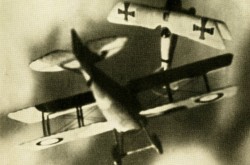
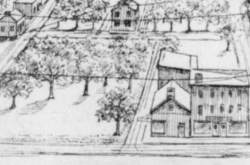
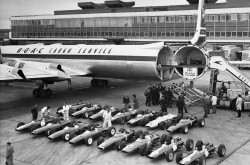
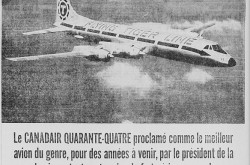
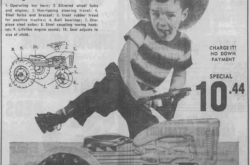
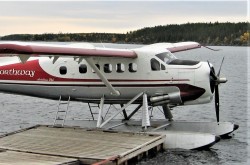
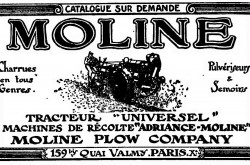
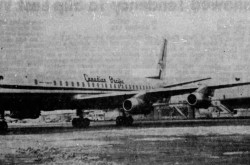
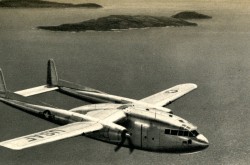
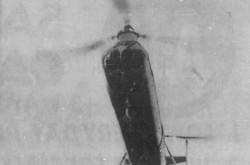

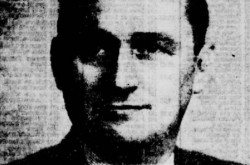
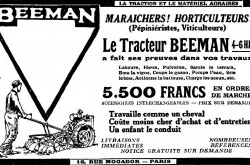
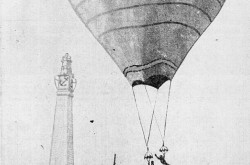

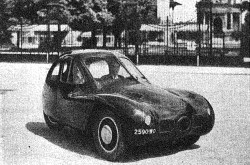
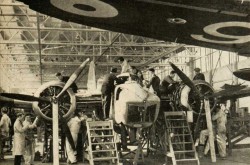
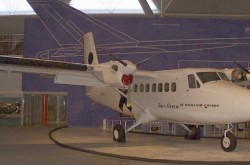
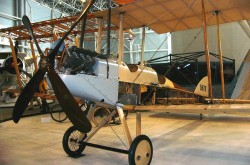
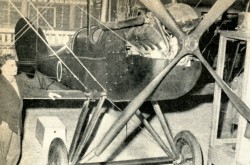

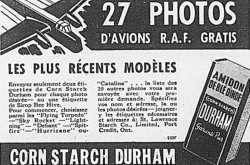

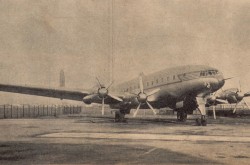
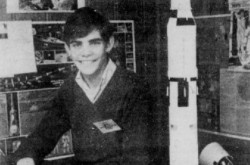
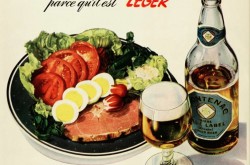
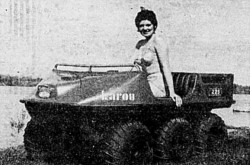
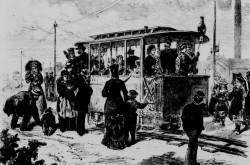
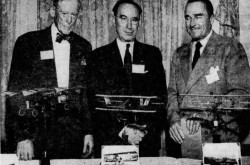
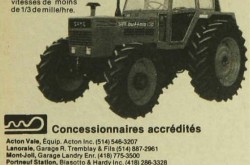
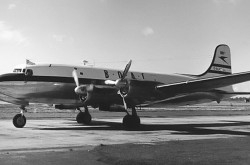
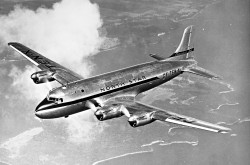
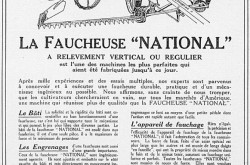
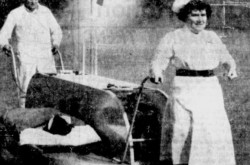
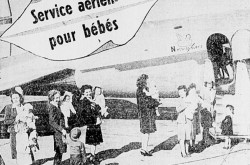
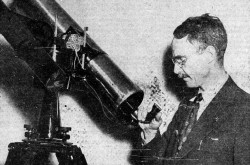
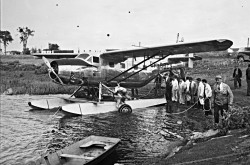
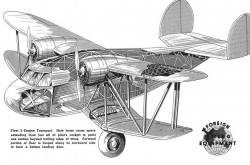
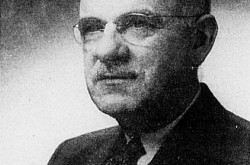
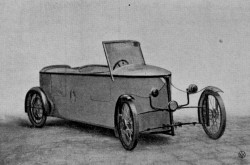
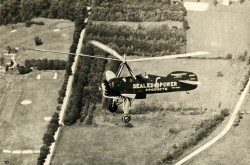
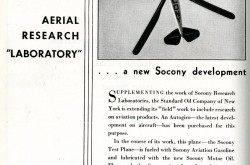
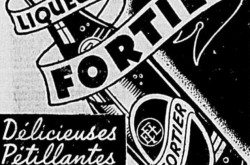
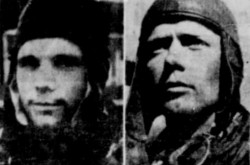

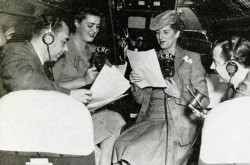
![Peter Müller at the controls [sic] of the Pedroplan, Berlin, Germany, March 1931. Anon., “Cologne contre Marseille – Le mystère du ‘Pédroplan.’ [sic]” Les Ailes, 2 April 1931, 14.](/sites/default/files/styles/thumbnail_7/public/2021-04/Les%20Ailes%202%20avril%201931%20version%20big.jpg?h=eafd0ed4&itok=WnBZ5gMf)
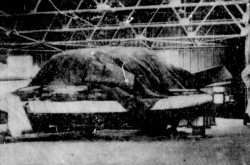
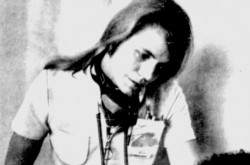
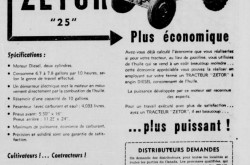
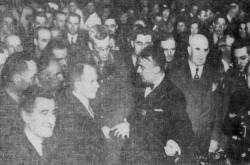
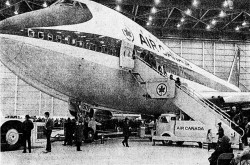
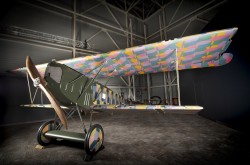
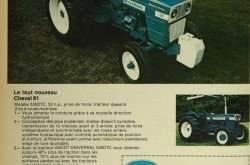
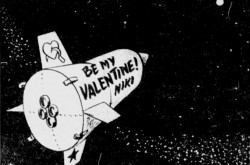
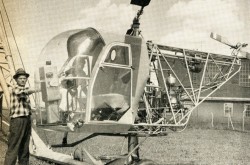

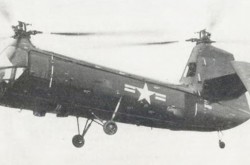
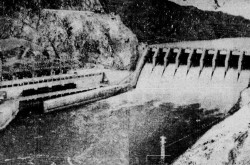
![One of the first de Havilland Canada Chipmunk imported to the United Kingdom. Anon., “De Havilland [Canada] DHC-1 ‘Chipmunk.’” Aviation Magazine, 1 January 1951, cover.](/sites/default/files/styles/thumbnail_7/public/2021-01/Aviation%20magazine%201er%20janvier%201951%20version%202.jpg?h=2f876e0f&itok=DM4JHe5C)
